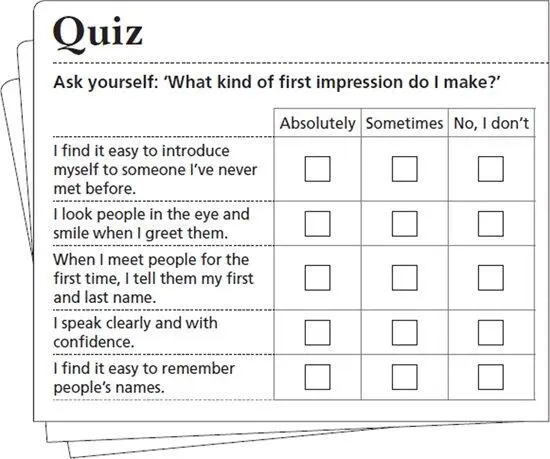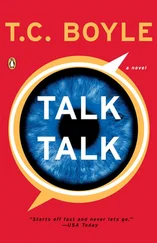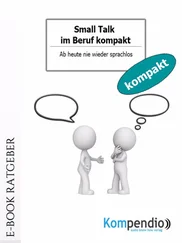Culture
What are your cultural values? Do you know what values are important to your business partner? The closer your values, the more you will have in common and the easier it is to make small talk. Culture is influenced by many different factors, including language, religion, societal norms and traditions. Knowing your business partner’s cultural values may help you to decide which topics you can discuss together.
Fons Trompenaars, a leading expert on intercultural communication and author of Riding the Waves of Culture: Understanding Cultural Diversity in Business , has studied the extent to which our cultural values affect the way we interact with people and how we do business. He uses the terms ‘specific’ and ‘diffuse’ to describe how people from different cultures view their professional and private lives.
In ‘specific’ cultures such as the Netherlands and Switzerland, people like to keep their private lives private. They believe that relationships are important, but not necessary to do business. In ‘diffuse’ cultures such as China, India, Russia and Spain, private and professional lives are closely linked. People from these cultures believe that a good personal relationship is vital to doing business and they often spend time socializing outside of work.
Be prepared to make small talk
We make small talk based on what is happening around us, what is important to us, our experiences and our feelings. Small talk is often spontaneous and random, so it is difficult to predict what people will talk about. You need to have a passive understanding of many expressions to follow many small talk exchanges, but you can take part using a much smaller set of key phrases.
This book will go a long way towards helping you to learn key phrases for a variety of situations. It also presents the language that you are likely to hear, especially when talking to native speakers of English.
How to use this book
The language level of this book is B1–B2 on the Common European Framework of Reference, equivalent to intermediate–upper-intermediate level.
This book can be used as a self-study guide or as part of a course. Work through each chapter in order or refer to a specific chapter before you go to a conference, to a meeting or to the office of a business partner and focus on the key phrases you will need. Use the book as a resource when you know you will have the opportunity to meet people and to make small talk in English.
Overview
Part A: Face to face
As most small talk interactions are face to face, most chapters focus on this type of communication.
Part B: At a distance
There are long periods of time between face-to-face meetings when you need to communicate and build on your relationship via email or on the phone. Nowadays, with a lot of business conducted via email, you may have business partners that you never meet face to face. Nevertheless, it is still important to make use of small talk opportunities.
Part C: Communication strategies
This part has tips and suggestions on how to improve your general communication strategies. There is also a special focus on body language and how to spell out names and email addresses.
Answer key
There is a comprehensive answer key at the back of the book.
Audio
All audio for this book is available free online. Go to www.collinselt.com/businessresourcesto listen to it.
On the website you will notice that we have two different types of audio. First, all key phrases and scenarios have been recorded in a studio as a model for you to follow. You can listen to this audio and repeat the phrases to practise your pronunciation and intonation. We have also recorded real-life audio. By this we mean real people using small talk on location (i.e. not in the studio). In this audio, you will hear people using ‘um’ and ‘uh’ when they are thinking about what they want to say. You will also hear different accents. Listening to this real-life audio is good practice as it increases your awareness and sensitivity to different speakers of English. There are full transcripts of the real-life audio online so you can read along while you are listening.
Chapter structure
My goals
There are three clear goals for each chapter.
Quiz
Before you can start to improve your small talk skills, you need to think about what you can do and where you need help. Answer the questions in the self-awareness quiz honestly.
Study focus
Each chapter focuses on one area of small talk. This section sets the scene and tells you what to look out for.
Key phrases
The key phrases are a vital section of each chapter. These are common phrases that you should learn because they will give you the confidence to deal with many kinds of small talk situations. The key phrases are highlighted so that they are easy to find. For example, before you go to a networking event, you could look up the key phrases you would need to make small talk there.
To start with, you may only want to learn to use one key phrase for each situation and simply recognize the others when you hear them. As you gain confidence, you can learn to use more key phrases. You can listen to all the key phrases in Part A online.
Scenarios
This section has dialogues and written communications that show you how the key phrases are used in context. You can listen to all the Part A dialogues online.
Over to you
You need to practise to make progress. This section has exercises that give you the chance to practise the new language and personalize what you learn.
Language focus
Many of the chapters have a section that explains a specific language point. These sections focus on the kind of language you might hear and will need to understand, and they also look at aspects of grammar.
Remember this!
Here you will find additional information about the topic of the chapter, such as details about culture, traditions and common business practices.
Tips
Here you will find useful tips on what you can do to improve your small talk skills.
Next steps
This section has useful advice on how to improve your study skills.
Finally …
Make sure you try out the language you have learnt in real business situations and don’t worry too much about making mistakes. Generally, people don’t pay a lot of attention to language errors, but they won’t forget someone who is showing an interest in them and is interesting to talk to. That is what small talk is really all about.

My goals
• Make a good first impression
• Greet people I’ve never met before
• Check names and help people to remember mine

Study focus
At conferences, networking events and even in the office – wherever you do business – you will meet new people. How do you make a good first impression? A warm, friendly greeting will help you. Using small talk to start a conversation will help too. Try to make sure that people remember you and try to remember them too. You might not hear their name properly the first time, and in this chapter you will learn how to ask people to repeat their name.
Читать дальше














